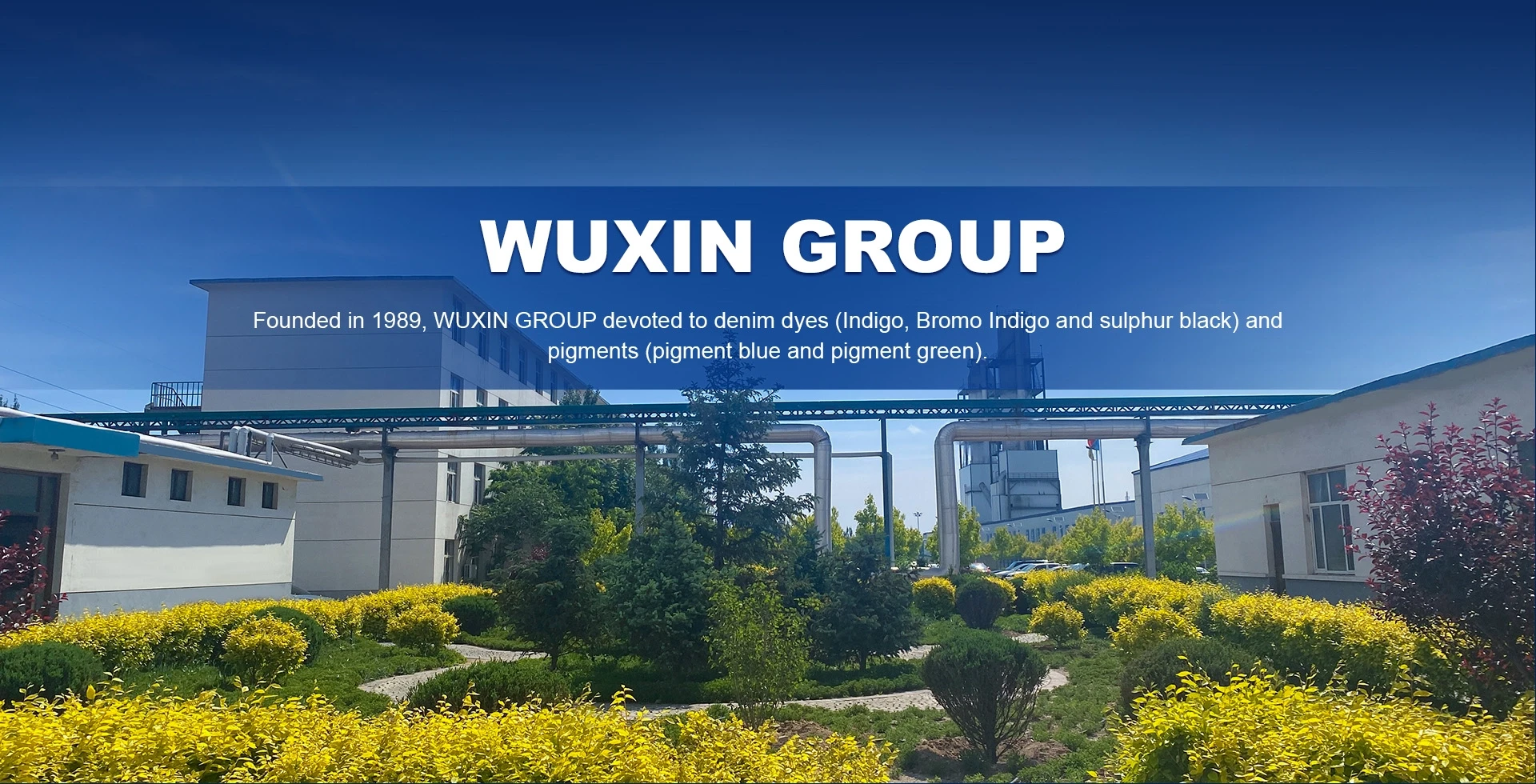Exploring the Beauty and Versatility of Indigo Yarn in Modern Crafts
The Allure of Indigo Yarn A Journey Through Tradition and Innovation
Indigo yarn has gained a unique position in the world of textiles, captivating artisans and designers alike with its beautiful hue and rich history. Derived from the indigo plant, this deep blue dye has been used for centuries across various cultures, symbolizing everything from wealth to spirituality. As we explore the fascinating world of indigo yarn, we uncover its traditional roots, contemporary applications, and environmental implications.
A Historical Perspective
The use of indigo as a dye can be traced back thousands of years. Ancient civilizations, including the Egyptians, Greeks, and Chinese, recognized the value of indigo, which was often associated with nobility and prestige. In Japan, the production of indigo-dyed textiles, known as aizome, became an integral part of cultural heritage. The traditional methods of dyeing yarn and fabric with indigo not only produced stunning colors but also demonstrated skilled craftsmanship passed down through generations.
Indigo's journey from plant to textile involves meticulous processes. Indigofera, the plant from which the dye is extracted, undergoes fermentation to yield the dye precursor, indigotin. This complex alchemy of nature and human labor produces a dye that can create varying shades of blue, depending on the number of dyeing cycles and the type of fabric used. The marriage of tradition and technique in indigo dyeing made it a revered practice, offering textiles with depth and character.
Contemporary Revival
In recent years, the allure of indigo yarn has seen a resurgence, driven by the global movement towards sustainable fashion. With consumers increasingly aware of the environmental impacts of textile production, many are turning to natural dyes and traditional practices. Indigo yarn represents a sustainable alternative to synthetic dyes, minimizing the ecological footprint associated with conventional textile manufacturing.
Artisans and designers are reinterpreting this age-old dyeing technique in innovative ways. From handwoven indigo textiles to modern clothing lines featuring indigo-dyed fabric, the applications are endless. Small-scale producers are reviving traditional indigo dyeing practices while ensuring that these techniques align with sustainable practices. The result is a harmonious blend of heritage and contemporary design, appealing to consumers who value both style and environmental responsibility.
indigo yarn

Fashion and Fabric
Indigo yarn is not only celebrated in traditional contexts but also has found a prominent place in contemporary fashion. Designers around the world are incorporating indigo-dyed fabrics into their collections, showcasing its versatility. From denim to hand-knitted garments, indigo yarn can be used in a variety of ways, creating stunning textures and patterns.
The trend of upcycling and repurposing has also embraced indigo. Old garments are often dyed with indigo to bring new life to worn-out fabrics, adding both aesthetic appeal and sustainability to the fashion narrative. This approach resonates with an audience eager to make ethical choices in their wardrobe, affirming the idea that style can coexist with responsibility.
Environmental Considerations
While the revival of indigo yarn is exciting, it is essential to address the environmental aspects of indigo dyeing. Traditional methods, especially those that rely on organic indigo, tend to have a lower environmental impact than synthetic processes, which often involve harmful chemicals. However, large-scale indigo production must remain mindful of water usage, biodiversity, and fair labor practices.
More brands are now transparent about their sourcing and production methods, appealing to conscientious consumers. By choosing indigo yarn made from organic or sustainable sources, individuals can contribute to a more responsible textile industry.
Conclusion
Indigo yarn is a beautiful intersection of history, culture, and sustainability. Its rich heritage and contemporary relevance make it a compelling choice for artists, designers, and consumers who value not just aesthetics but also the story behind the materials they use. As we continue on this journey of exploration and innovation, indigo yarn will likely remain a beloved staple, weaving together the threads of tradition and modernity into a vibrant tapestry for future generations.
-
Sulphur Black Dyes in Daily Use
NewsMay.07,2025
-
Indigo Dyeing for Daily Life
NewsMay.07,2025
-
Indigo Dye Production and Its Growing Demand
NewsMay.07,2025
-
Color That Lasts
NewsMay.07,2025
-
Bromo Indigo for Modern Use
NewsMay.07,2025
-
Blue From Nature
NewsMay.07,2025
-
The Timeless Color in Fashion and Textiles
NewsApr.10,2025

Sulphur Black
1.Name: sulphur black; Sulfur Black; Sulphur Black 1;
2.Structure formula:
3.Molecule formula: C6H4N2O5
4.CAS No.: 1326-82-5
5.HS code: 32041911
6.Product specification:Appearance:black phosphorus flakes; black liquid

Bromo Indigo; Vat Bromo-Indigo; C.I.Vat Blue 5
1.Name: Bromo indigo; Vat bromo-indigo; C.I.Vat blue 5;
2.Structure formula:
3.Molecule formula: C16H6Br4N2O2
4.CAS No.: 2475-31-2
5.HS code: 3204151000 6.Major usage and instruction: Be mainly used to dye cotton fabrics.

Indigo Blue Vat Blue
1.Name: indigo blue,vat blue 1,
2.Structure formula:
3.Molecule formula: C16H10N2O2
4.. CAS No.: 482-89-3
5.Molecule weight: 262.62
6.HS code: 3204151000
7.Major usage and instruction: Be mainly used to dye cotton fabrics.

